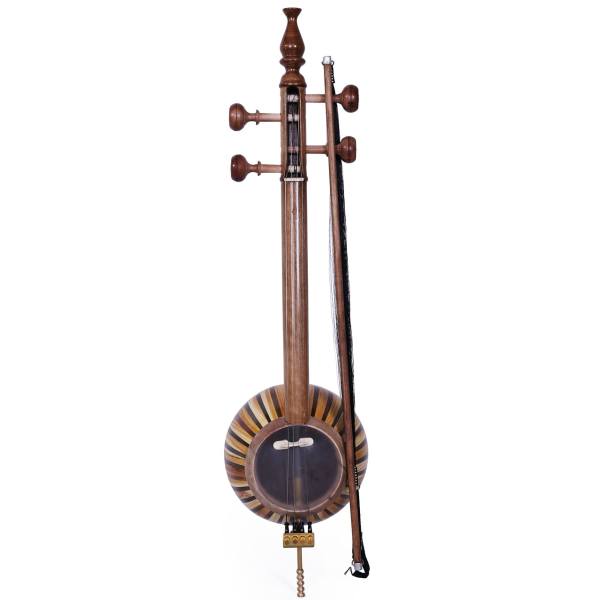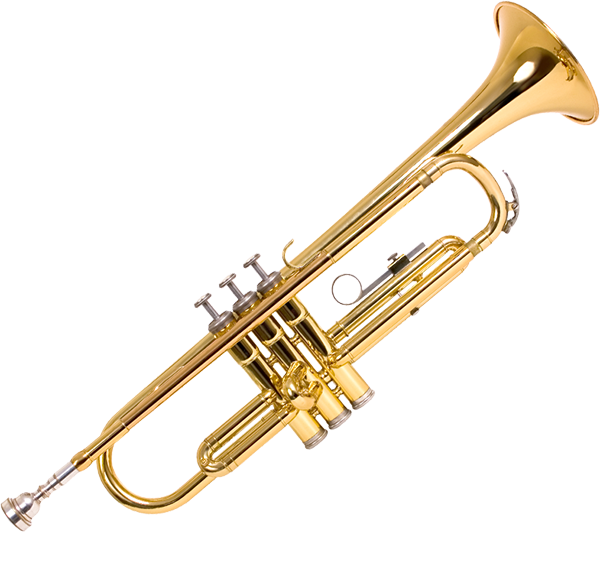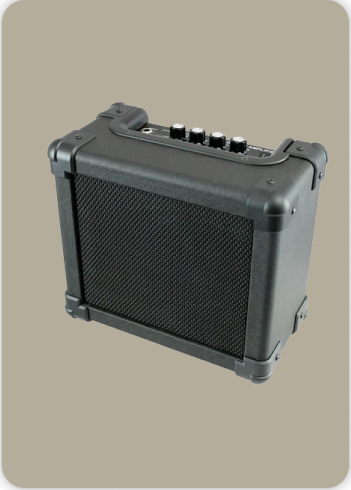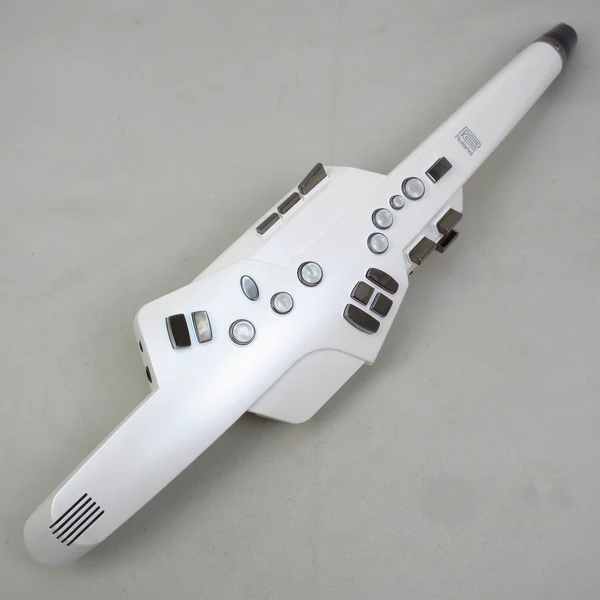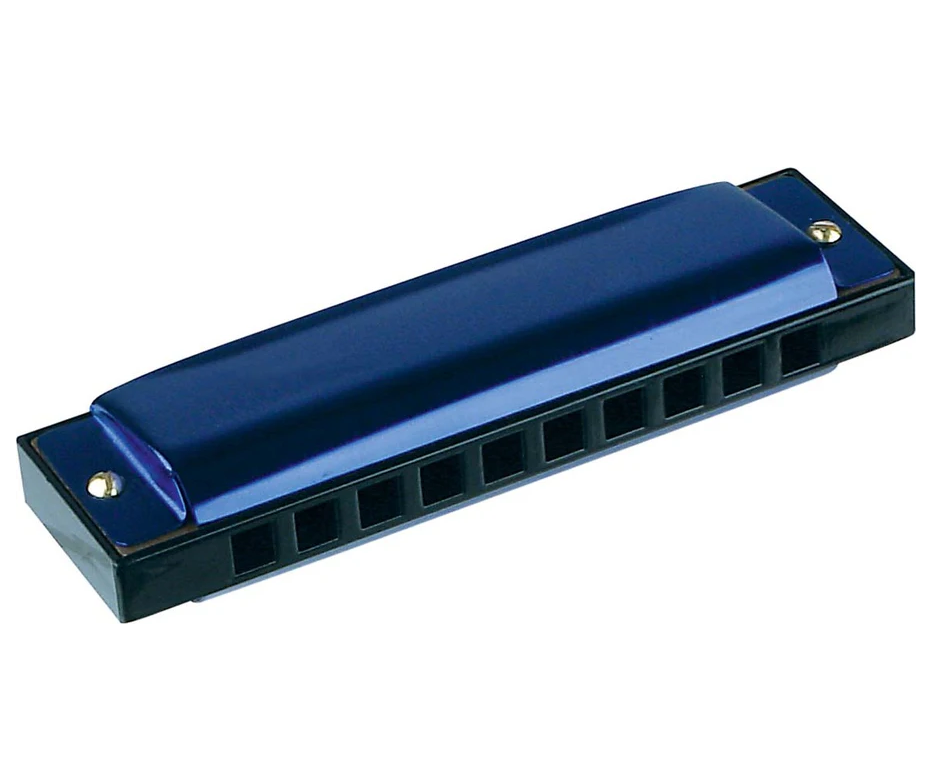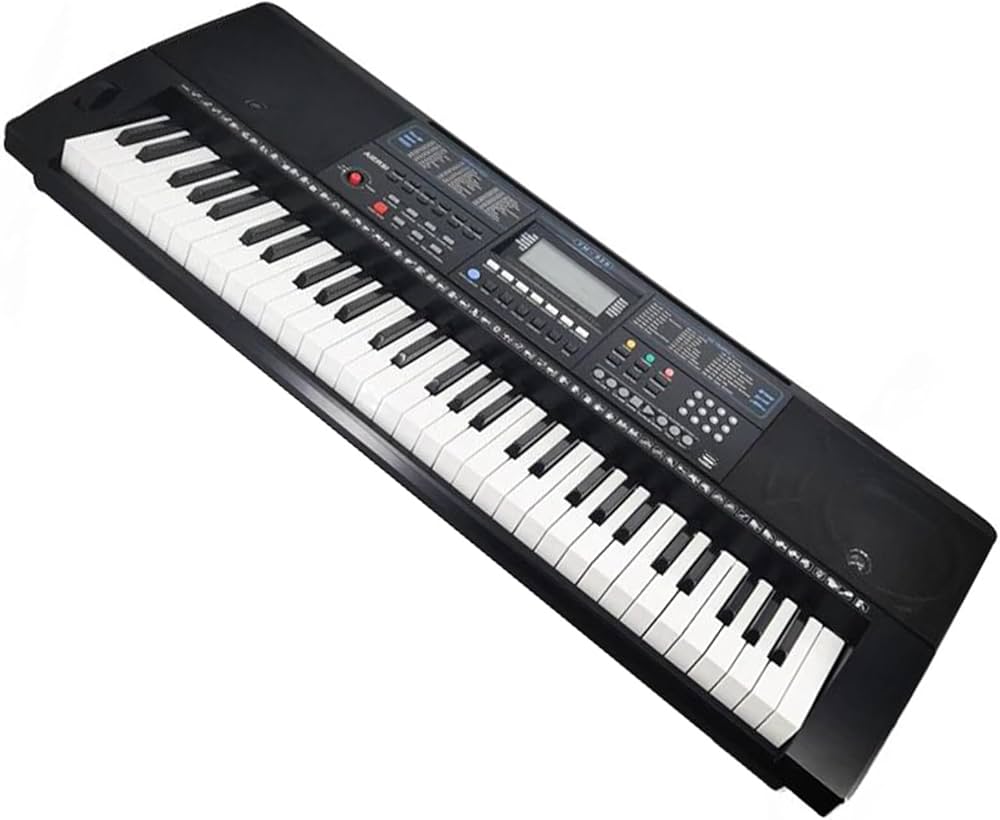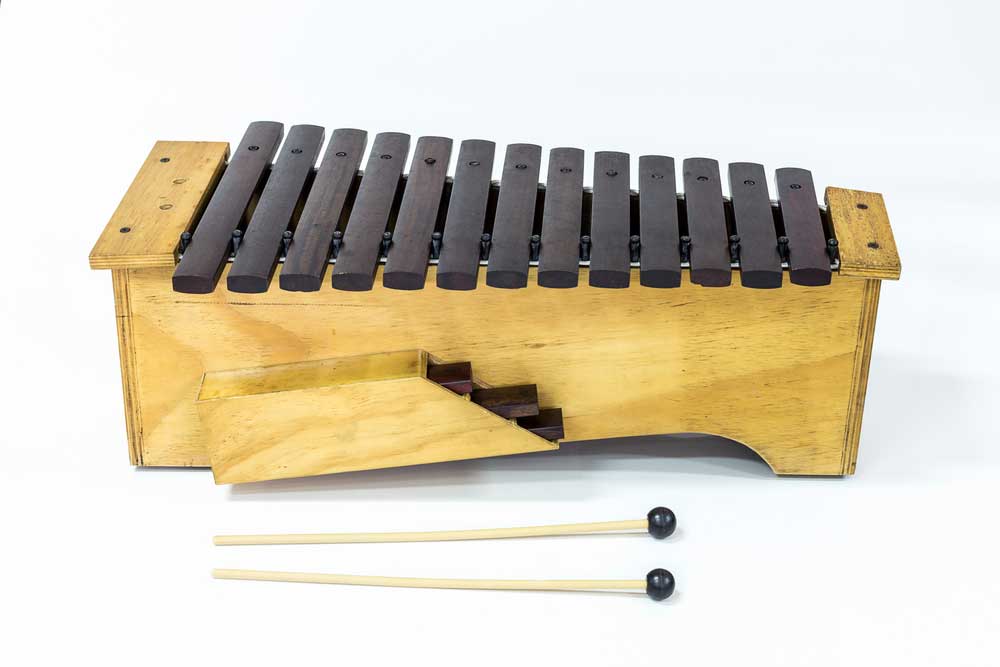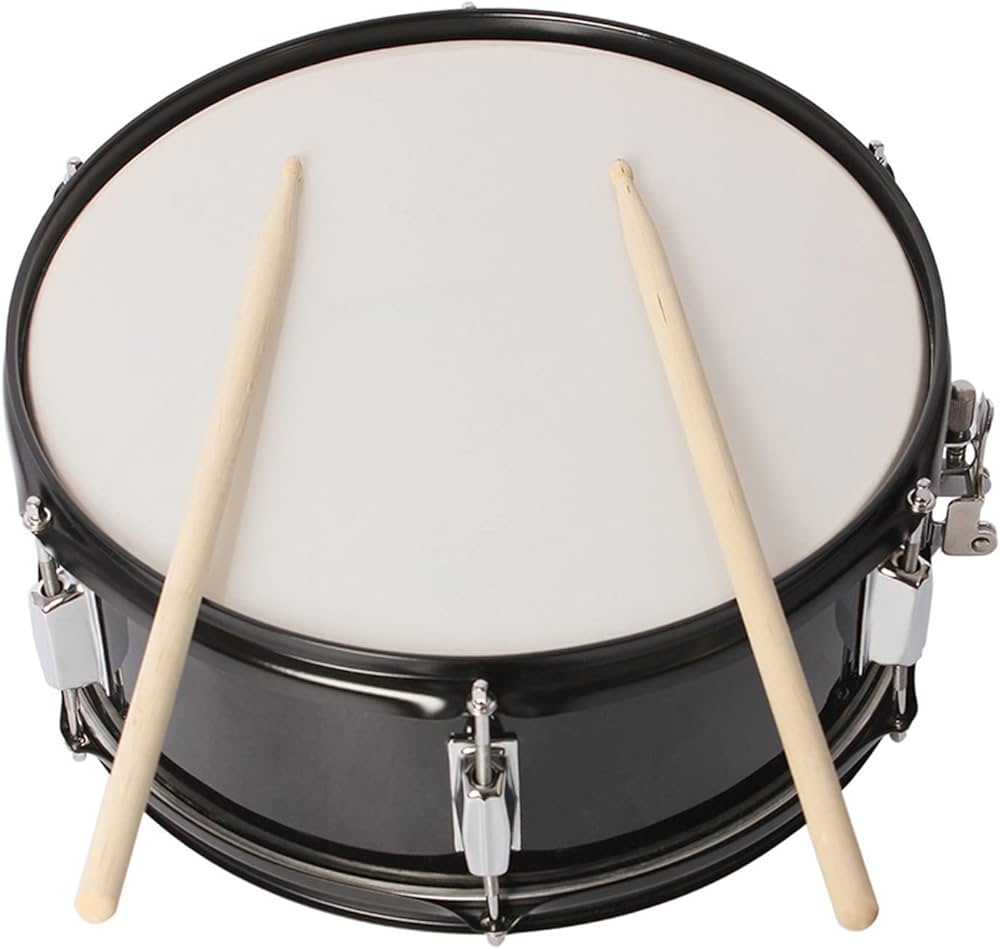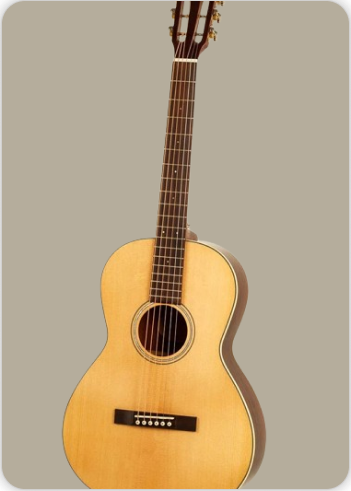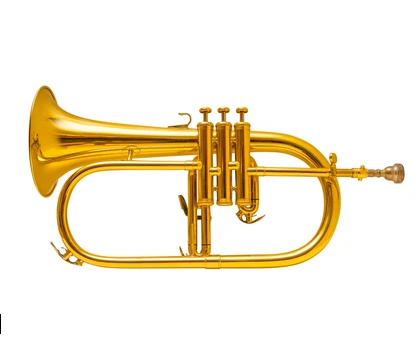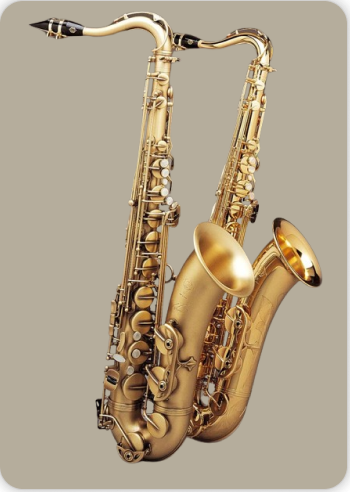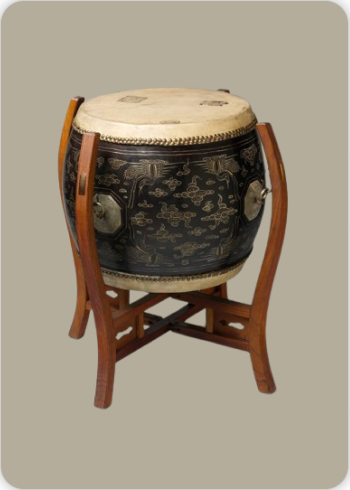Flugelhorn
Brass Winds
Europe
Between 1001 and 1900 AD
Video
The flugelhorn is a unique and captivating brass instrument that often flies under the radar when compared to its more popular cousins, such as the trumpet or trombone. Its warm tone and rich, mellow sound have earned it a special place in the hearts of musicians, particularly in jazz and brass band music. In this blog post, we will explore the flugelhorn’s history, how it works, its different types, and its features, providing you with an in-depth understanding of this fascinating instrument.
History and Origins of the Flugelhorn
The flugelhorn, much like other brass instruments, traces its roots back to ancient times. However, its modern form emerged during the 19th century. The name “flugelhorn” comes from the German word “Flügel,” which means “wing,” and it is often thought to refer to the instrument’s flared bell, which resembles a wing in shape.
The flugelhorn’s earliest ancestor can be traced back to the “Posthorn,” an instrument used in the 17th century for signaling in the post and courier services. The Posthorn, though simpler, had a similar shape and was used to communicate messages, especially in rural areas. Over time, the Posthorn evolved into more refined brass instruments. By the 19th century, brass instruments were becoming increasingly standardized, and the flugelhorn began to take shape. The instrument became more widely recognized as a musical tool in the mid-1800s. It was initially designed to be a more mellow-sounding alternative to the trumpet, with a broader, more rounded tone. Flugelhorns from this period were primarily used in military bands, and their role was largely to support harmony rather than to stand out with a prominent melody. Flugelhorns continued to evolve in both their design and their musical roles, gaining popularity in brass bands and orchestras.
The 20th century saw the rise of jazz, and the flugelhorn found its niche in this genre. Iconic jazz musicians such as Chuck Mangione and Art Farmer helped bring the flugelhorn to prominence in the jazz world, where it is prized for its smooth, lyrical quality and versatility.
The Mechanism of the Instrument
Like other brass instruments, the flugelhorn operates on the basic principles of sound production through the vibration of the player’s lips in a mouthpiece. These vibrations create a sound wave that is amplified by the instrument’s tubing and bell. The construction and design of the flugelhorn contribute to its distinctive sound, setting it apart from other brass instruments like the trumpet or cornet.
The Mouthpiece
The mouthpiece is one of the key components of the flugelhorn. It is typically wider and deeper than a trumpet’s mouthpiece, which allows for a more relaxed embouchure and contributes to the flugelhorn’s warmer, smoother tone. Players create sound by buzzing their lips into the mouthpiece, which sends vibrations down the instrument’s tubing.
The Tubing and Valve Mechanism
The flugelhorn has a set of valves that help alter the pitch of the instrument. Like the trumpet, the flugelhorn typically has three valves, although some variations may have more. The valves, when pressed, divert the airflow through additional tubing, effectively lengthening the instrument and lowering its pitch. Each valve corresponds to a different length of tubing, and when the player presses them in combinations, they can produce a wide range of notes. The tubing of the flugelhorn is designed to be more coiled and compact compared to a trumpet. This gives the flugelhorn its distinctive, mellow tone. The instrument’s shorter tubing, combined with the larger bell, enhances its rich, full-bodied sound, making it ideal for playing lower and middle-range notes with a soft, velvety character.
The Bell
The bell of the flugelhorn is another critical factor in shaping its sound. Unlike the trumpet, which has a more sharply flared bell, the flugelhorn features a broader, more rounded bell. This contributes to its distinct, mellower tone, allowing it to project warmth and depth. The bell also helps the sound resonate, giving the flugelhorn its signature sound that cuts through a brass section without being too brassy or shrill.
Types of Flugelhorns
While all flugelhorns share a similar basic design, several variations cater to different musical needs and preferences. These differences can be found in the material used, the number of valves, and even the overall shape and size of the instrument.
Traditional Flugelhorn
The traditional flugelhorn, typically made from brass, is the most common and widely recognized type. This version usually has a larger bell and a warm, mellow tone that suits a variety of music genres, especially brass bands and jazz music. It is generally pitched in B-flat, similar to the trumpet, but with a deeper, more resonant sound. Traditional flugelhorns feature three valves, though some models may offer a fourth valve for additional tonal flexibility. These instruments are often handcrafted to ensure precision and sound quality, and they come in various finishes, including lacquer, silver-plated, or gold.
Compact Flugelhorn
The compact flugelhorn, as the name suggests, is a smaller, more portable version of the traditional instrument. Its tubing is more condensed, making it more lightweight and easier to transport. This type is particularly popular among musicians who need a more travel-friendly option, such as for gigging musicians or those in marching bands. Despite its smaller size, the compact flugelhorn still produces a mellow sound similar to its larger counterpart. The primary difference lies in its easier playability and portability.
Custom or Specialized Flugelhorns
In recent years, manufacturers have begun offering custom-made flugelhorns that cater to specific musical preferences or playing styles. These specialized instruments may have modifications such as a different valve system (e.g., rotary valves), alternative tubing materials (e.g., copper or sterling silver), or unique bell shapes that allow for enhanced tonal control. These customized flugelhorns are generally made for professional musicians who need an instrument that fits their specific sound requirements. For instance, jazz musicians may prefer a flugelhorn with a deeper bell or different valve configuration to achieve the smooth, rich tones that the genre demands.
Key Features of the Flugelhorn
The flugelhorn, while similar to other brass instruments, has several distinct features that contribute to its signature sound. These characteristics make it a valuable tool in both brass sections and solo performances.
Mellow and Warm Tone
The most notable feature of the flugelhorn is its rich, mellow tone. Thanks to the larger mouthpiece and broader bell, the flugelhorn produces a sound that is warmer and smoother than that of the trumpet or cornet. This tone is particularly prized in genres like jazz, where it is often used for lyrical solos or as a supporting instrument in ensemble settings. The mellow nature of the flugelhorn allows it to blend seamlessly with other brass instruments, creating a lush, cohesive sound. It is also capable of playing both soft, subtle passages as well as bold, resonant tones.
Versatility
While the flugelhorn is most commonly associated with jazz and brass band music, it is an extremely versatile instrument. It can be used in a variety of musical contexts, from orchestral works to solo performances. In jazz, it is often used to create smooth, expressive solos, while in brass bands, it plays a supporting role in harmonies and fanfares. The flugelhorn’s warm sound also allows it to work well in classical compositions, especially in the brass section of orchestras. Some composers even feature the flugelhorn in specific solo roles, where its unique timbre can shine.
Intonation and Range
The flugelhorn’s intonation is generally considered to be very stable, thanks to its relatively compact tubing and consistent valve system. However, because of the instrument’s larger mouthpiece and bell, the higher registers can be more challenging to reach than those of smaller brass instruments like the trumpet. That said, skilled flugelhorn players can easily navigate its middle and lower ranges, where the instrument truly excels. The flugelhorn’s sound quality remains vibrant in these ranges, providing a solid foundation for any brass section or ensemble.
Playability and Comfort
One of the features that many flugelhorn players appreciate is the instrument’s playability. The flugelhorn’s wide mouthpiece allows for a more relaxed embouchure compared to the sharper mouthpieces of trumpets and cornets. This means that players can achieve a more consistent sound with less effort, which is especially important during long performances or practice sessions.
The flugelhorn’s compact design also makes it comfortable to hold, though it still retains a more substantial feel than smaller brass instruments. It flugelhorn is a beautifully distinctive instrument with a rich history, versatile sound, and elegant design. Whether you’re listening to its soulful notes in a jazz solo or its resonant tone in a brass ensemble, the flugelhorn’s deep, warm sound remains unmatched. With its evolution from a military band instrument to a staple of contemporary jazz, the flugelhorn has firmly established itself as a vital member of the brass family.
FAQ
What are the main characteristics of the flugelhorn?
The flugelhorn is a brass instrument similar in appearance to the trumpet and cornet but with a wider, more conical bore. This gives it a warm, mellow tone that is softer than a trumpet. It usually has three valves, and its mouthpiece is deeper, resembling that of a cornet. The flugelhorn is versatile and often used in jazz, brass bands, and orchestras.
What compositions feature the flugelhorn?
The flugelhorn is commonly used in jazz and brass band compositions. Notable pieces include "Concerto for Flugelhorn" by John Wallace and its frequent use in jazz solos by artists such as Chuck Mangione. The flugelhorn is also featured in orchestral and wind ensemble works for its unique, rich sound.
What is the history of the flugelhorn?
The flugelhorn originated in Germany in the early 19th century as a valved bugle. It was initially used in military bands and later became popular in brass bands and jazz ensembles. The instrument’s name derives from the German word "Flügel," meaning "wing," referring to its role in leading signals on the battlefield.
 Links
Links
References
Other Instrument
Categories
